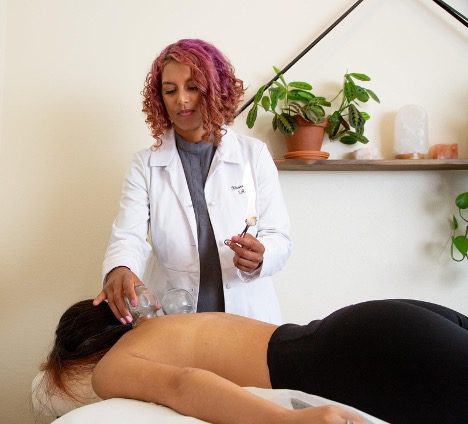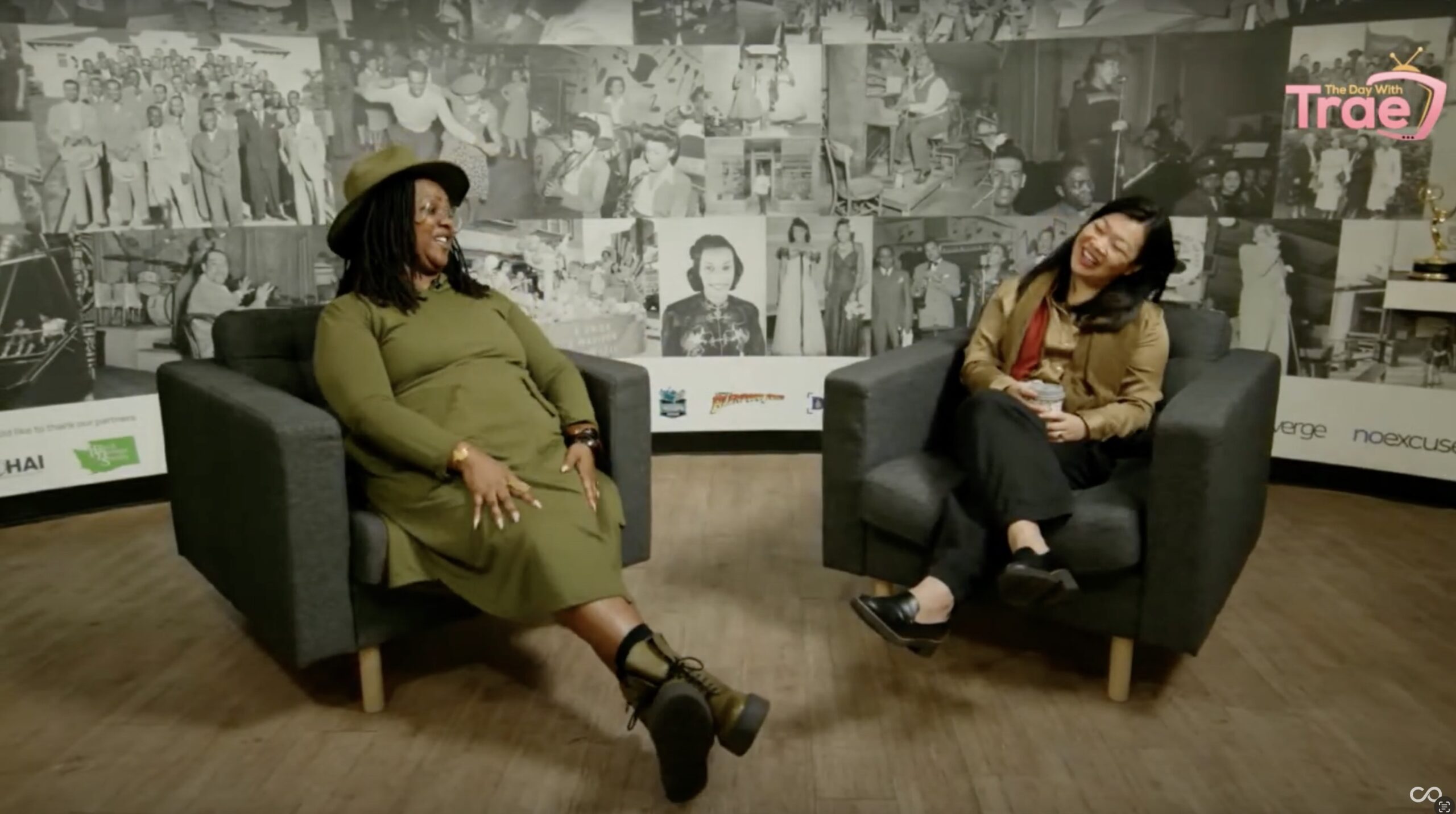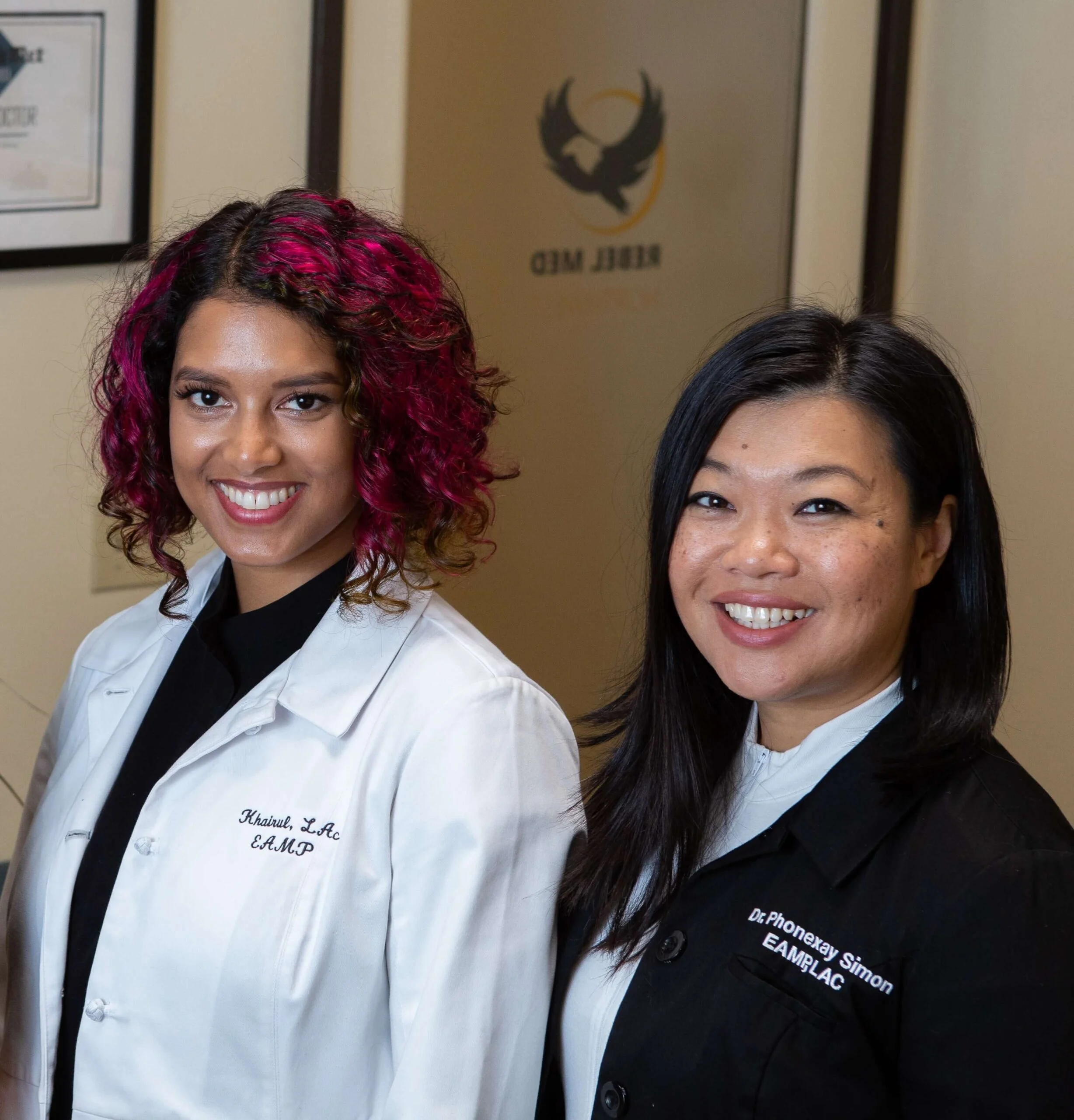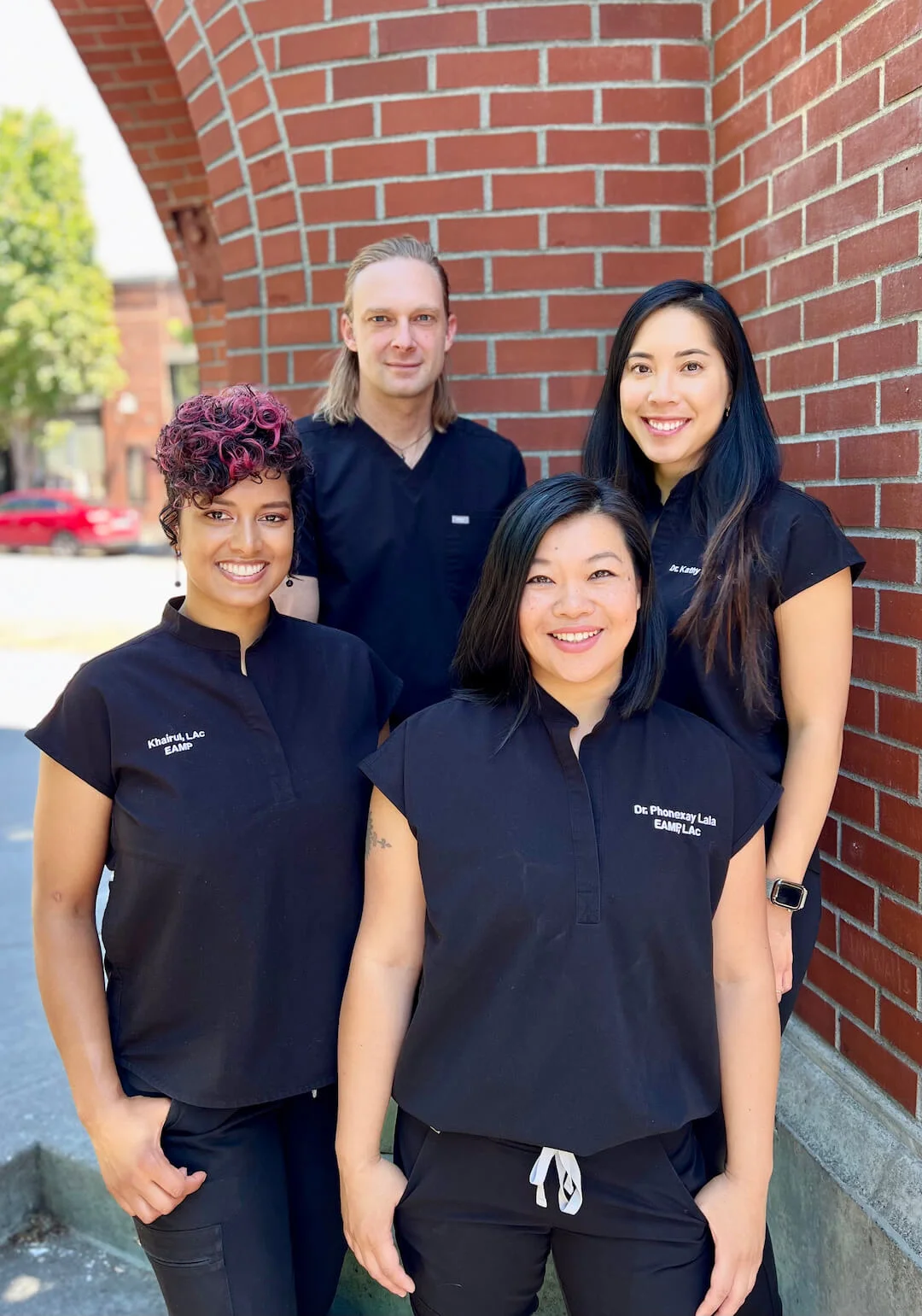Dr. Phonexay Simon Interview on "The Day with Trae" Transcript from Video Interview Below, (my…
Cupping therapy is an ancient form of medicine
That has been used in multiple cultures all over the world. It is considered to be a type of deep tissue massage and has similar effects as massage therapy, moving fluids in the body and loosening muscles and tissues. It pulls blood up to the surface in order for your body to flush out metabolic waste, old blood and toxins that have built up in the body’s tissues.
It’s uses vary from treating pain and increasing circulation to treating upper respiratory infections. We hold emotions in the tissues of our body, so it can also be a great way to release tense emotions and memories that we hold in our bodies.
Most people get red or pink marks left on the skin after cups are removed. These are not bruises, they are actually old blood that has been stored in tight muscles. When our muscles are tight, the circulation is decreased, this causes a buildup of metabolic waste in the blood and tissues. The suction of the cups opens up the tissues and brings that blood up to the surface.

Working the Lymphatics
Our lymphatic system works to filter our blood, it’s vessels are located in the spaces between the cells. Cupping pulls the blood up to the surface so that circulation can return to normal and filter through the lymph. This is why it is very important to stay hydrated, especially after a cupping session. By drinking plenty of fluids, we are able to assist the lymphatic system in flushing out toxins from our body.
The color of the marks left on the skin can tell us what’s going on inside the body: Darker spots are an indication of blood stagnation, lighter ones can tell us there is a blood deficiency or possibly dampness in the body. They usually fade in a few days to a week when properly hydrated. Some soreness after a treatment is expected, light movement, stretching and heat can help to reduce this soreness. Enjoying a hot epsom salt bath, sauna or hot shower is a great way to enhance your treatment.
As muscle fibers open up, it is important to protect them from cold. Heat helps relax and increases circulation, while cold contracts and decreases circulation. If exposed to cold in the day or two following a cupping session, muscles may become prone to spasm and tense back up. It is important to keep your body warm and protected from cold and wind during the time immediately following cupping.
Types of Cups for Different Uses
There is a wide variety of cups, traditionally they were made from horn or ceramic and then glass. Fire cupping uses a flame to burn oxygen from the cup, the cup is then quickly moved to the body to suction on. Today we also have plastic and rubber cups that use a pump to create the suction. Once the cup is on the body it can be moved by the practitioner to focus on different muscle groups. Flash cupping is when the cup is pulled off and then reapplied to create a pumping action, this is effective in activating the lymphatic system.
Small cups can be used on the face for cosmetic purposes and to treat headaches or jaw pain. Facial cupping is much more gentle and can be done as part of an at home routine. It has the ability to increase circulation and promote lymphatic flow. A slight pink color is desired but we want to be gentle enough that we aren’t leaving cupping marks on the face. It is best to have a trained practitioner guide your technique when learning to cup if you intend to do it at home.

What to Expect with Cupping Therapy
Although the cups can sometimes be tight, they should not be painful. Many people enjoy cupping and compare it to a feeling similar to massage. More sensitive areas like the legs and IT bands (side of upper leg), can be a little uncomfortable when those areas are really tight. It is important to communicate with your practitioner so they are using the correct technique and suction to provide an effective treatment without causing pain.
Talk to your practitioner about the difference between pain that is damaging and other sensations that indicate a physical or emotional release of the tissue. Sometimes these types of sensations can be interpreted as pain if unfamiliar. If the cups feel too tight or painful they can easily be adjusted. As a rule of thumb, if you can breath through it while still able to relax that is okay, if it is taking your breath away then ask your practitioner to release some of the pressure.




Comments (0)